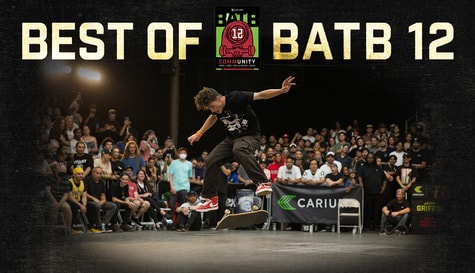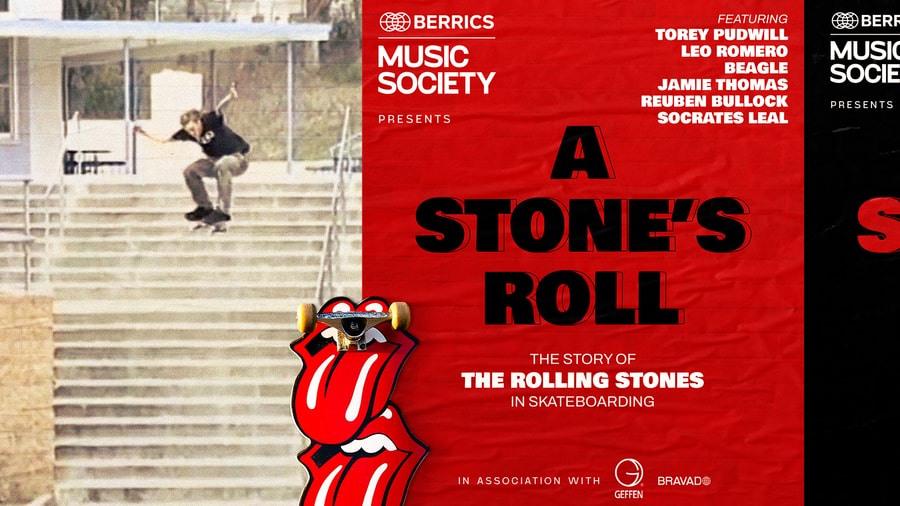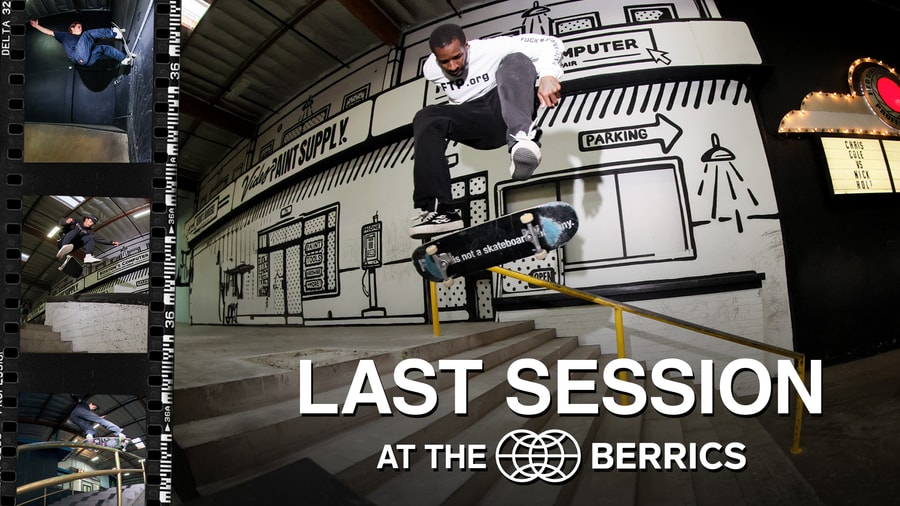THE DAILY PUSH — Foam Rolling

WORDS: Matt Beare
This week’s topic will be all about rolling your body over a piece of foam. Yes, that’s really what we’re going to talk about and it goes by the name of foam rolling. What the f*#k is foam rolling? I hear you ask, and well, if it’s new to you then it might sound crazy, but hear me out as it has the potential to improve your skating and how you feel.
Foam rolling has become so popular over the recent years that you’ll see it everywhere, from The Berrics to your local physiotherapist clinic to the gym to Chris Roberts’s living room. You’ll even find your grandma doing it. Despite its popularity, foam rolling is still somewhat of a mysterious and poorly understood act with no one really knowing exactly how it works. One thing seems to be for sure though – it works. Having a quick razz on a foam roller has the potential to keep you skating for longer, decrease post-skate body pain, maybe even increase your pop and more. Foam rolling isn’t a magical solution to all of your problems, but it can be a decent part of it, so much so that if your grandma does have one, she’ll be popping tre-flips in no time.

There are a variety of tools designed for the same purpose as foam rollers – a few of which will leave your house looking somewhat like a bondage dungeon (see picture above). The most common is the standard cylindrical foam roller, normally made of hard foam (or sometimes a plastic tube with a foam sleeve around it), about 6 inches in diameter and between 12-36 inches in length. They come with a variety of surfaces, from smooth all the way to gnarly bumps, built to stick into your sensitive spots and make you squeal. You can pick one up for about $10-20, or you can even DIY one and use something like a hard plastic bottle or even an oversized cucumber. Once you’ve been shown how, the art of foam rolling is simple; all you need to do is lay your being upon whatever it is you’re using, and roll: up and down, left and right, depending on what spot you’re trying to hit. Proper instructions on exactly how to roll—and how not to roll—can be found over at www.thedailypush.com/foam-rolling.
Although you can foam roll any time, any place, the time and place for the most effective roll are: Before you skate, straight after your session, a few other times for different reasons that we’ll get to later, and, according to Rob Welsh in the foam rolling segment of the Lakai video, The Final Flare, anywhere “without condoms, hypodermic needles, crack pipes, spit, and chew. Pretty much anywhere that doesn’t have any of that works just fine.” He’s right—in a perfect world your foam rolling spot would be free of any of that stuff. Unless they belong to you, of course.
Blasting out a quick roll before you go skate – as part of your warm up – can instantly leave you feeling fresher. (If you missed article 1 on how warming up properly can increase your power, energy levels, and much more, you can check it here.) Not only can it reduce aching from yesterday’s session, it can enhance blood flow and temporarily increase the range of motion of your joints; allowing your body to move better and more efficiently. If you want half a chance of doing any of the tricks in Stephen Lawyer’s Recruit without needing to pay the chiropractor a visit, your body could do with any improvement in movement it can get.
It’s not uncommon in skateboarding to gradually start sucking as the session goes on, to the point where you wish you’d never given up trumpet lessons for skateboarding as a kid. Your body starts to run out of power, starts to fatigue and skating just takes more effort, but foam rolling can even help you out here. Rolling each part of your leg for just 30 seconds has been shown to reduce how fast you fatigue, meaning more consistency during your session and an extra pocket of energy to keep you pushing to get your trick. Rolling before you skate can even decrease your post-skate fatigue, meaning more energy for tomorrow’s skate too.
In the sewage systems of many cities, underground battles between scientists over whether or not pre-exercise foam rolling can improve performance take place. Some studies found it increased jump height (pop), strength, power, agility, and speed—all things that have a big impact on how you skate—while others just… didn’t. What’s good to know is that the ones that didn’t, also didn’t find that it has any negative effects either, so either way it’s a win, and it’s worth doing for the other benefits anyway.

Still not completely convinced you should start rubbing yourself on a foam tube? Well, there’s more… In last week’s scripture on how to recover from a session, it was mentioned that following a heavy skate, your muscles can lose strength, power, and respond slower than normal. Skateboarders need all the recovery tools they can get, and foam rolling is a solid addition. Having a roll for 10-20 minutes after a session can reduce the losses of strength and power, along with helping reduce some of that post-skate body pain. Knocking these things speeds up how quickly your body recovers and will return you to your plank faster whilst [Ed note: Matt is from England] feeling fresher. This means one thing: you’ll be able to skate more. If you’re suffering with severe leg-throb, rolling it out straight after your session and then every 24 hours can continue to reduce the pain and restore the performance of your muscles even further.

Tight legs and annoying twinges every now and then are as much a part of a skateboarder’s life as having Avril Lavigne – Sk8er Boi shouted at you whilst walking down the streets in 2005 was. Sometimes these twinges and the feeling of tightness can come about from “trigger points”—tiny patches of contracted muscle that won’t release. Although it’s not really understood why, sticking something—like a foam roller—into these sensitive spots and holding it there for a while seems to make them release, which can leave you feeling much looser a few hours later, and not just while you skate, but in general. Although sticking things into sensitive spots can often be pleasurable, this definitely isn’t one of those times, and trying to release your trigger points can be a little painful. Not a truck to the shin kind of pain, but a borderline “good” pain. If it goes past this point and is hurting a lot, you need to ease off the pressure. Trigger points can often bring about pain in completely different parts of your body, so you might be pleasantly surprised what releasing them does for you.
Considering how cheap and easy foam rollers are to use, along with how they help prepare your body for a skate, speed up how fast you recover and reduce fatigue and post-skate body pain, a foam roller can be a solid addition to a skateboarder’s life. For a full list of skateboarding-related foam rolling exercises and how to do them, along with additional benefits of foam rolling, head over to www.thedailypush.com/foam-rolling.

* The view through the aforementioned roller.*














